INNOVATIONS IN TRADITIONAL VIDEO GAMES
| Innovation | Description | Examples | |
| Avatars | On-screen figures of player identification | Pac-Man, the Mario Bros. (right), Sonic the Hedgehog, Link from Legend of Zelda | 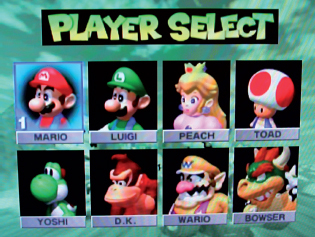 |
| Bosses | Powerful enemy characters that represent the final challenge in a stage or the entire game | Bowser from the Mario series, Hitler in Castle Wolfenstein, Donkey Kong (right) | 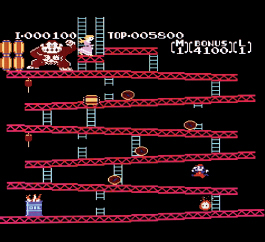 |
| Vertical and Side Scrolling | As opposed to a fixed screen, scrolling that follows the action as it moves up, down, or sideways in what is called a "tracking shot" in the cinema | Platform games like Jump Bug, Jungle King, and Super Mario Bros.; also integrated into the design of Angry Birds (right) |  |
| Isometric Perspective (also called Three-Quarters Perspective) | An elevated and angled per-spective that enhances the sense of three-dimensionality by allowing players to see the tops and sides of objects | Zaxxon (right), real-time strategy games like StarCraft, god games like Civilization and Populous | 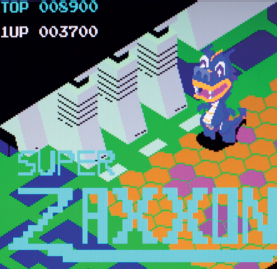 |
| First-Person Perspective | Presents the gameplay through the eyes of your avatar | First-person shooter (FPS) games like Castle Wolfenstein, Doom (right), Halo, and Call of Duty | 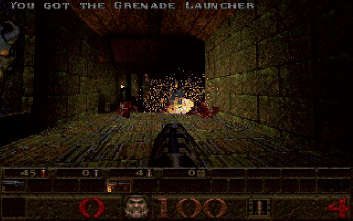 |
| Third-Person Perspective (or Over-the-Shoulders Perspective) | Enables you to view your heroic avatar in action from an external viewpoint | Tomb Raider (right), Assassin's Creed, and the default viewpoint on World of Warcraft | 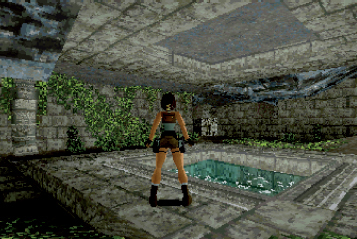 |
| Cut Scenes (also called In-Game Cinematic or In-Game Movie) | Narrative respite from gameplay, providing cinematic scenes that advance the story. They often appear at the beginning of games and between levels. | A well-known early example appears in Maniac Mansion (1987). Cut scenes from games like the Grand Theft Auto series (right) have become increasingly vivid and complex. | 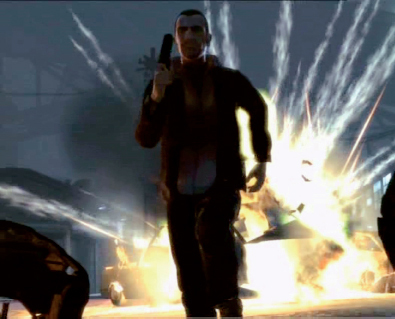 |